The AEC industry is a highly labor-driven industry, with many key decision makers collaborating on projects on a continual basis. In such a market, optimization of time spent by these team members is vital to the success of projects.
As other markets continue to innovate and push efficiency in their day-to-day roles, it is important for the AEC industry to take note or be left in the dust.
Many companies are addressing this through technology. Today, construction-based PM platforms such as Procore and Egnyte are becoming popular, and serve to help PMs push their projects forward. These platforms are often great at document and construction project management, but less so for real-time communication and collaboration.
Here are some of the available technologies from outside AEC that are seeing greater adoption within the industry:
Slack Channels
To many tech-driven offices, email is archaic and limited in its ability to facilitate immediate communication between team members. As the working sector changes thanks to remote workers and diverse teams, email has become too slow and formal to promote the collaborative communication team members need.
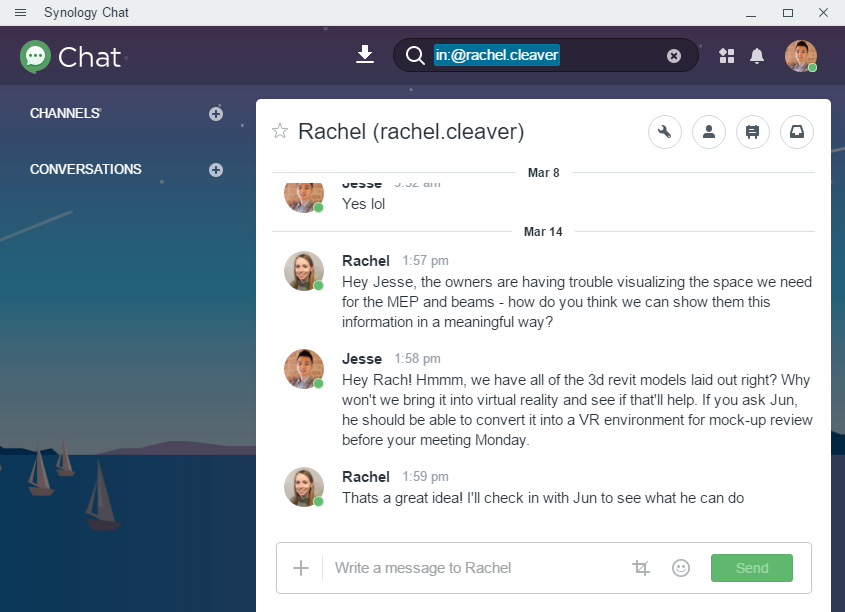 Source: Synology Chat
Source: Synology Chat
Because of this, many tech startups are using new forms of instant messaging platforms, such as Slack channels. Slack is an instant messaging platform that allows teams to facilitate informal, real-time conversations between team members. Whether it is a single one-to-one conversation or a group conversation, Slack channels help connect employees from multiple locations and support streamlined discussions.
There are many competitors of Slack as well, such as RocketChat, Fleep, and Mattermost, with many of them offering varying degrees of additional features or focus.
Within the VIATechnik team, we use an app called Synology Chat to connect multiple offices and create a cohesive office culture. Our internal team has even pushed out automated chatbots within our channels. These bots report on project statistics and provide big-picture data for our team daily.
Many new chat platforms have made conscientious efforts to develop an API to help integrate chat with other platforms to help push and pull data. In our organization, Slack channels have enabled faster communication and a more streamlined approach to project execution and ideation.
While we still use email for more formal communications, including legal paperwork, Slack and its equivalent counterparts have filled a large gap for our organization and have allowed our team to connect with each other in real time despite being in multiple locations throughout the world.
Project Management Platforms
Many tech firms and coding startups work on tracking their tasks and addressing bugs on their applications through project and bug management platforms. These platforms allow companies to organize workflows and processes and ensure that team members understand their assignments and are on the same page throughout the entire cycle, from creation to completion.
Project management platforms such as Jira and Asana (different from construction management platforms like Procore and Newforma) allow companies to organize and issue tasks, set milestones, and establish goals to help the entire team stay on track.
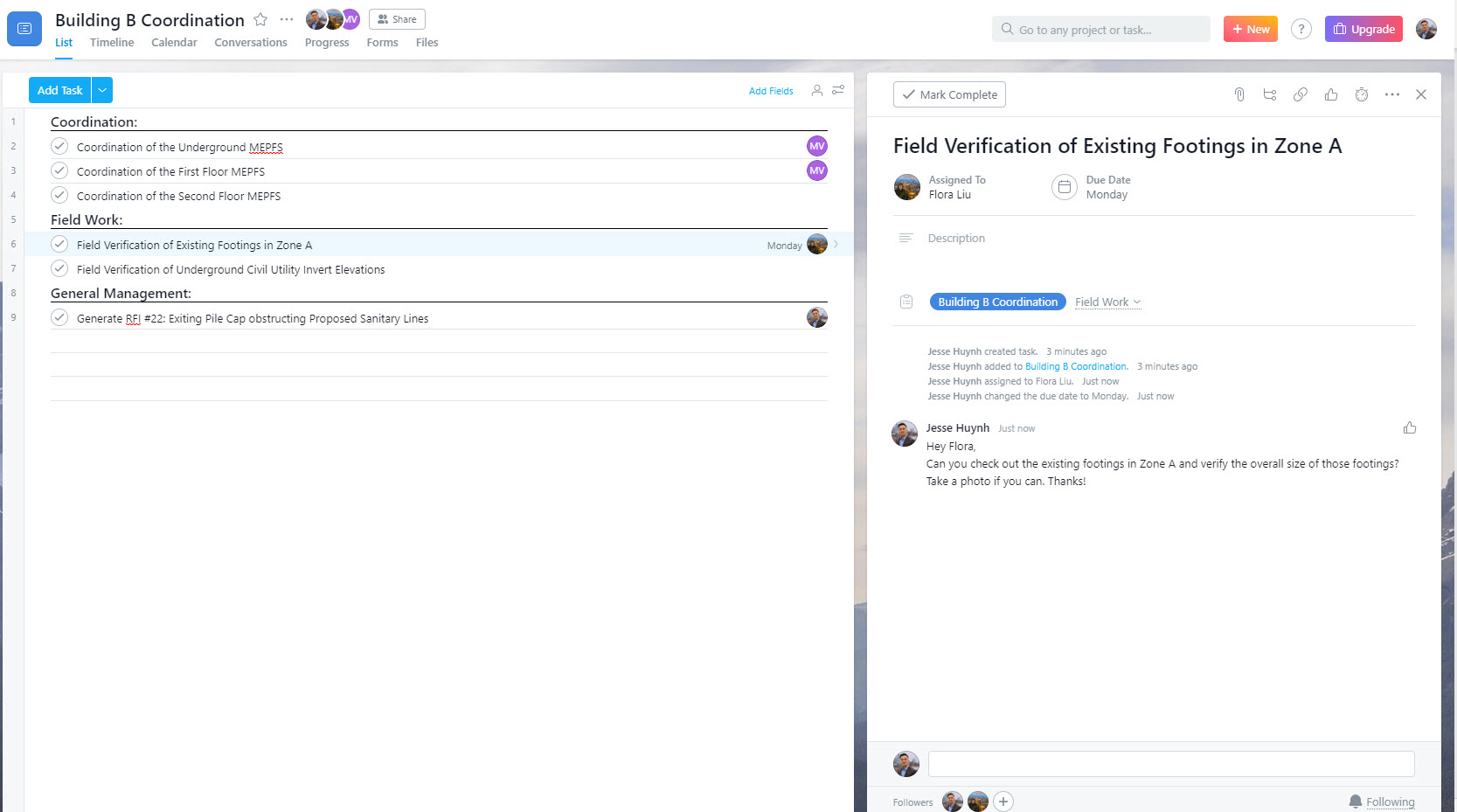 Source: VIATechnik
Source: VIATechnik
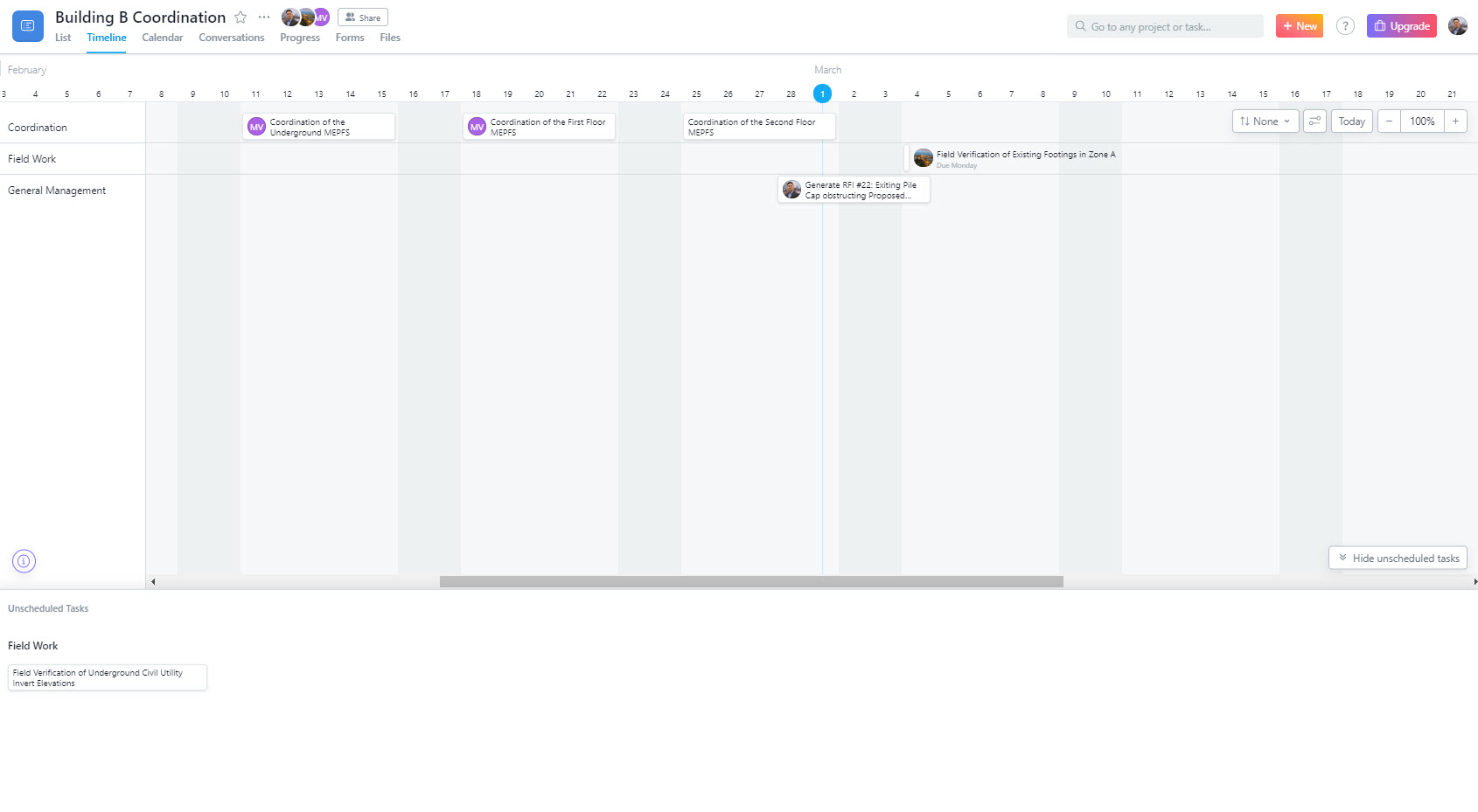 Source: VIATechnik
Source: VIATechnik
Your VDC department can push these project management platforms out to your firm’s general management. Whether you’re organizing events, training sessions, or brainstorming meetings, these platforms offer the flexibility to organize thoughts and tasks in a single dashboard. It is the flexibility within the platform that has enabled organized workflows across multiple disciplines, from administration and accounting to engineering and construction.
Supplement Your Check-in Meetings
It’s easy to get caught up in endless meetings. Today, the average middle manager spends 35% of their time in meetings, while upper management often spends as much as 50% of their time in meetings.
Fortunately, there’s another way.
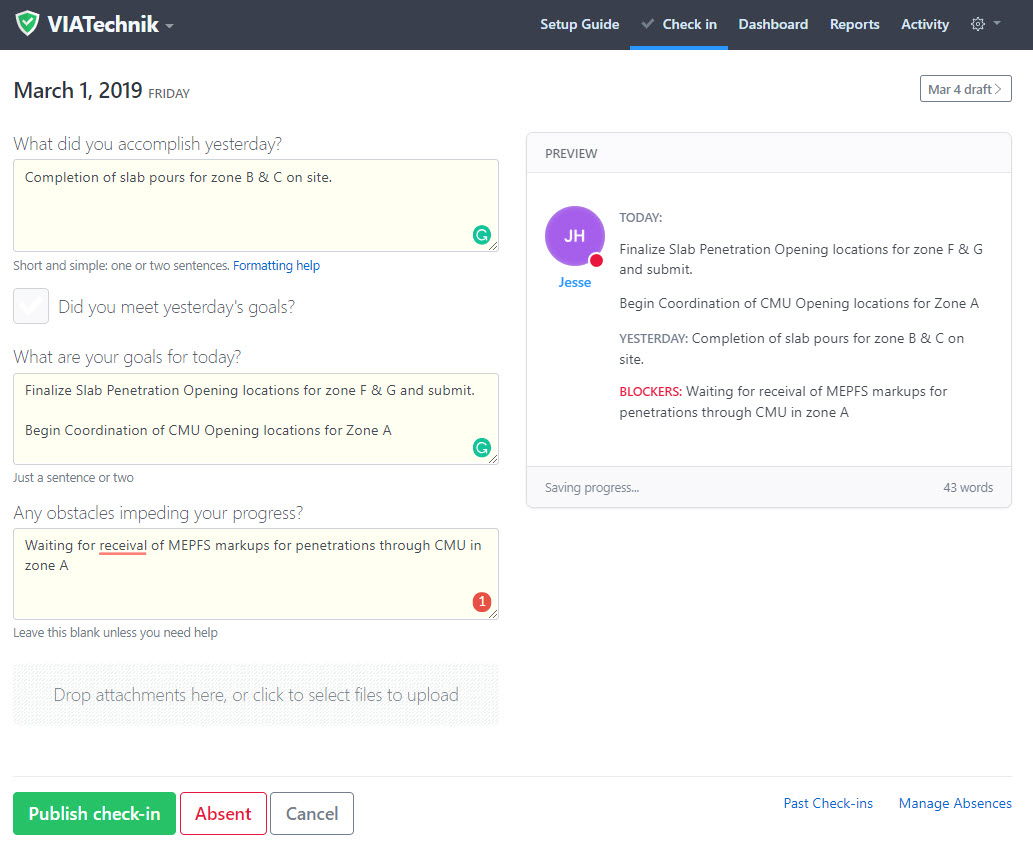 Source: VIATechnik
Source: VIATechnik
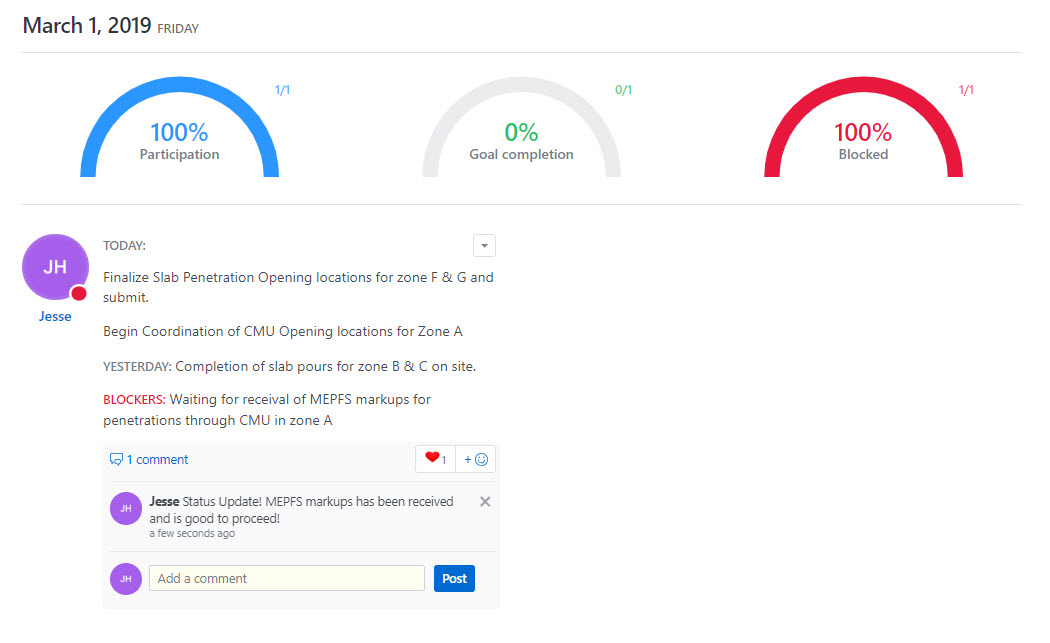 Source: VIATechnik
Source: VIATechnik
Rather than spending an hour or more discussing projects, many design firms that focus on discussing design iterations on UX/UI designs are relying on status reporting platforms to streamline reports and cut through the noise. Platforms like Status Hero, which is popular among software teams, help construction industry professionals focus on topics that matter most.
Within the VIATechnik team, we utilize a combination of project management platforms and status reporting platforms to make our meetings clear, concise, and well-documented. This allows the team to “trim the fat” and focus on critical tasks instead.
Gamification of the Construction Industry
As video gaming technology advances, innovations such as virtual reality, augmented reality (VR/AR), real-time physics-based rendering systems, and greater availability of gaming engines have made game development available to many indie developers with team sizes as small as a few people.
These innovations have opened up opportunities for many outside of the industry to embrace the technology. We are seeing gaming technology being utilized in the education sector, as well as the healthcare sector. It comes as no surprise that architects, engineers, and general contractors are seeing the value behind this technology.
Many professionals are turning to gaming engines such as Unity and Unreal Engine, which have structured their program to be easily used by even those who are unfamiliar with programming. There has been greater adoption of this technology by the AEC industry in order to produce high quality visualizations, run simulations, and even train their builders on construction methods.
Beyond visualization, VR and AR technology has opened up new ways of collaborating with various parties by facilitating thoughtful discussions behind realistic environments and animations.
Source: VIATechnik
Source: VIATechnik
We often work with clients in the industry to bring gaming engines, virtual reality, and augmented reality into their projects and allow teams to collaborate virtually.
Unlocking the API
As technology and software continue to disrupt individual industries, we see more integration and communication between software and platforms. The increased adoption of API’s within platforms has opened doors for the synthesis of different software. This, in turn, allows for the connection of data. The only roadblock is distribution.
For this to make a real change within the industry, these technologies need to get out of the IT department and find their way to the CTO, CIO, Innovation Director, Director of Technology, and the VDC Managers. For real change to occur, utilization of this technology needs to be as widespread as email, Microsoft office suite, and other similar platforms.
Fortunately, large segments of the industry are trending in this direction.
It has become much easier for teams to adopt integrations between software, even when nobody on the team is a programmer. For many basic integrations and automations, visual scripting platforms (such as IFTTT, Integromat, and Zapier) help automate daily processes. Their tasks can be complex, or as simple as archiving specific emails in Box or notifying you via email when a spreadsheet has been changed.
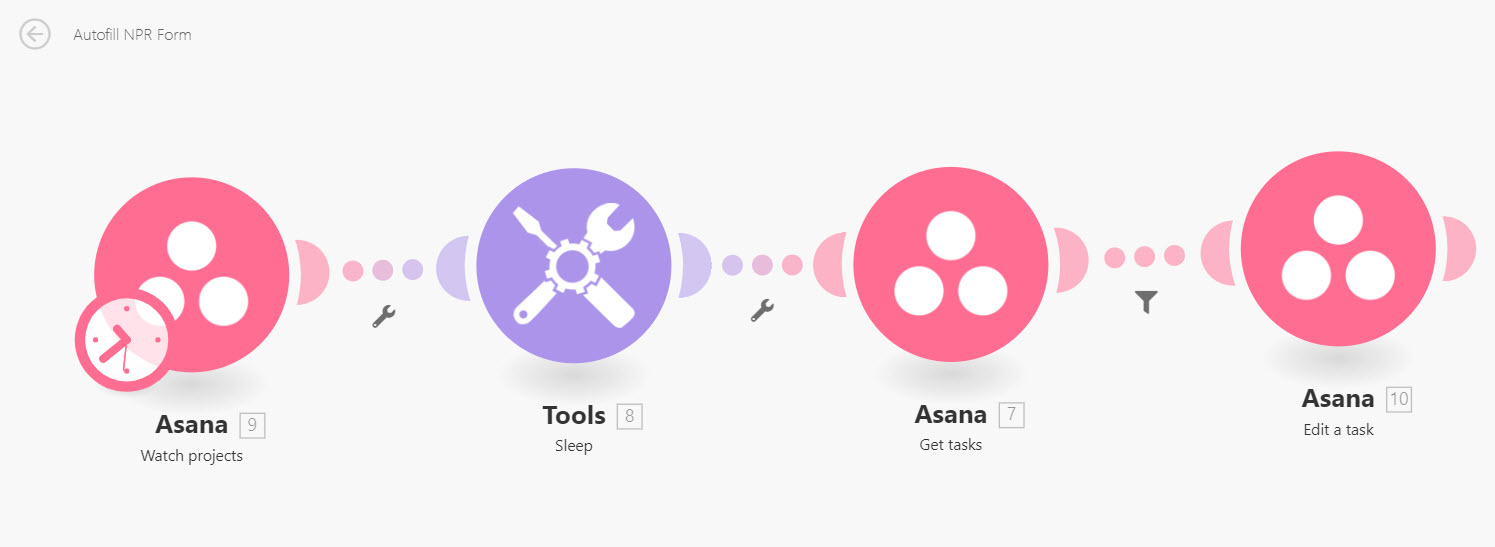 Source: Integromat
Source: Integromat
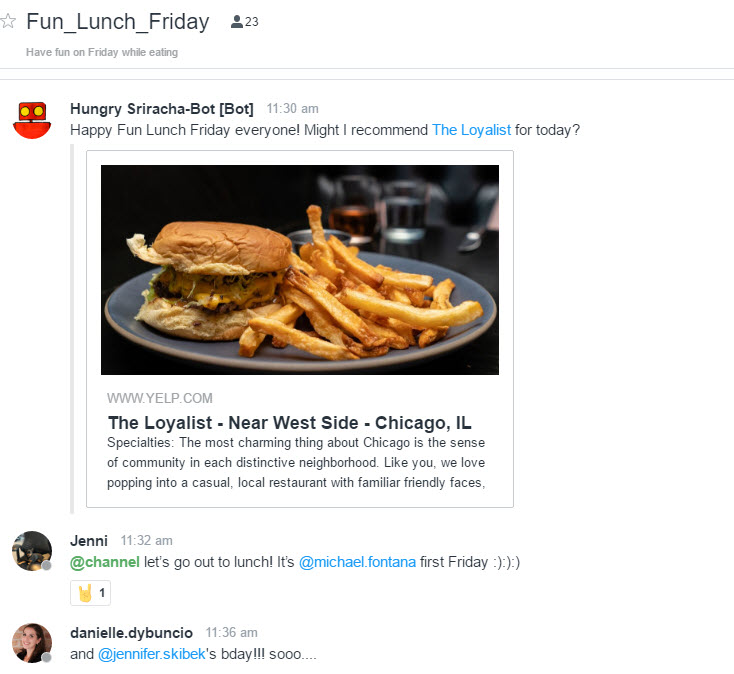 Source: VIATechnik
Source: VIATechnik
The industry is ripe for disruption and innovation, and many examples of opportunities to improve processes and workflows can be examined from other industries.
Whether those processes may be changing the way projects are approached or automating the tedious task of deciding where to eat lunch on Friday, the approach to tackling traditional issues in construction through the tools of other industries has offered new opportunities to improve.
As industries outside of construction continue to grow and change, the construction industry will be faced with the challenge of looking for new ways to improve preexisting processes, or fall behind against other industries.
If the future holds innovation and change, why not share in the collective knowledge of innovation?
More from Author
VIATechnik | Jul 17, 2023
Unlocking the power of digital twins: Maximizing success with OKRs
To effectively capitalize on digital twin technology, owners can align their efforts using objectives and key results (OKRs).
VIATechnik | Apr 19, 2022
VDC maturity and the key to driving better, more predictable outcomes
While more stakeholders across the AEC value chain embrace the concept of virtual design and construction, what is driving the vastly different results that organizations achieve? The answer lies within an assessment of VDC maturity.
VIATechnik | Sep 28, 2021
Getting diversity, equity, and inclusion going in AEC firms
As a professional services organization built on attracting the best and brightest talent, VIATechnik relies on finding new ways to do just that. Here are some tips that we’ve learned through our diversity, equity, and inclusion (DE&I) journey.
VIATechnik | Mar 2, 2021
Retail expectations vs reality in 2021
The reality of retail success in 2021 is proving to be based on a formula of mixing digital with the physical in pursuit of convenience.
VIATechnik | Nov 23, 2020
Agility is the game-changer in the post-COVID world
There has been a fundamental shift in how human beings live, work, and play. The built environment must shift in response.
VIATechnik | Nov 17, 2020
The coming automation of retail brick and mortar
The demise of retail brick and mortar is overstated and unwarranted - we see digital transformation offering brick and mortar a path forward for the physical store.
VIATechnik | Oct 1, 2020
Smart buildings stand on good data
The coming disruption of owning and operating a building and how to stay ahead through BIM.
VIATechnik | Jul 15, 2020
Building pride: A Reflection of LGBTQ rights in construction
The Supreme Court did its job. The rest is up to us.
VIATechnik | May 8, 2020
Data centers as a service: The next big opportunity for design teams
As data centers compete to process more data with lower latency, the AEC industry is ideally positioned to develop design standards that ensure long-term flexibility.
VIATechnik | Mar 17, 2020
A tree grows in Stanford: CIFE, VDC, and where it all began
As our industry adopts VDC as standard practice, it is important to remember where these ideas began and continue to emanate from today.














